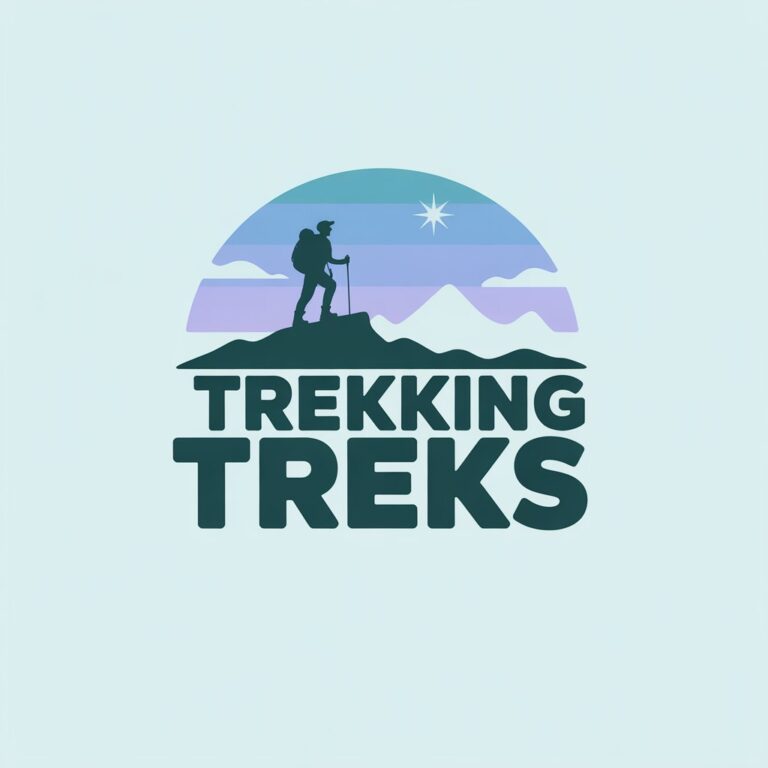Travel Guide
Overview
| Feature | Details |
|---|---|
| Trail Type | Loop / Out & Back / Point to Point |
| Difficulty Level | Easy / Moderate / Hard |
| Distance | [e.g., 75 km / 47 miles] |
| Duration | [e.g., 5–7 days] |
| Altitude Range | [e.g., 1,000m to 4,500m] |
| Best Season | [e.g., April–June, September–November] |
Trekking Gear: Boots, poles, rain cover, headlamp
Clothing: Base layers, insulating layers, waterproof outerwear
Essentials: Water filter, sunscreen, first-aid kit, snacks
Filming Kit (if vlogging): Action cam, drone, power banks
Stays: Tents / Tea Houses / Guesthouses
Meals: Typical local food (e.g., dal bhat, ramen, noodles)
Cost Estimate: $X–$Y/day (Budget to Mid-range)
Check weather before departure
Acclimatize properly (esp. for high-altitude treks)
Carry a basic first-aid kit and emergency contact numbers
Consider local guides or porters
Sunrise at [Viewpoint]
Local culture or festivals
Wildlife or scenic drone shots
Time-lapse of clouds/milky way (use wide angle + tripod)
Where to get permits
Local do’s and don’ts
Best hidden photo spots
Budgeting hacks
Personal story or challenge from your trek
Embed or link to GPX/KML files
Recommend apps (e.g., Gaia GPS, AllTrails, Maps.me)
Include offline navigation tips
Where and how to get permits
Costs involved
National park rules, restricted zones
Leave No Trace policies
Drone regulations (very important for trekking content)
| Category | Cost (Approx.) |
|---|---|
| Permits | $ |
| Food | $ per day |
| Stay | $ per night |
| Gear Rental | $ |
| Transport | $ |
| Guide/Porter | $ per day (if used) |
Training tips (e.g., stair climbs, cardio, strength)
Suggested prep timeline (start training X weeks before)
How to train at altitude (if possible)
How to waterproof your gear
Best snacks to carry
Keeping electronics charged off-grid
Avoiding blisters or altitude sickness
Cheap alternatives to branded gear
Visit nearby villages or monasteries
Try local food (what’s safe vs. what to avoid)
Traditional ceremonies or festivals
Support community-based tourism

